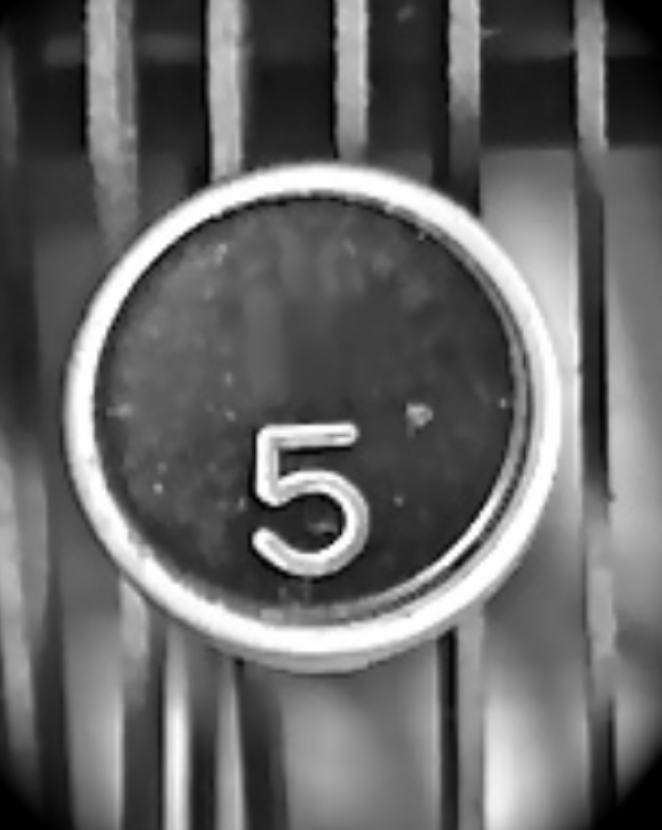5 HOT BOOKS: Art and Thought in the Cold War, a Brother's Suicide, and More
/1. The Free World: Art and Thought in the Cold War by Louis Menand (Farrar, Straus and Giroux)
From the start of his richly rewarding book about the transformation of American culture after 1945, Menand makes clear that his multidimensional book is not about the “cultural Cold War” or “Cold War culture,” but rather “about an exceptionally rapid and exciting period of cultural change in which the existence of the Cold War was a constant, but only one of many contexts.” Menand begins with the establishment of the wartime alliance between the U.S. and the Soviet Union and ends with Vietnam, which “not only shattered the image of American invincibility,” but also “meant that a whole generation grew up looking on the United States as an imperialist, militarist, and racist power.” But he writes that during this period, people came to believe that “art and ideas were an important battleground in the struggle to achieve and maintain a free society.” At 857 pages, including the delectable footnotes, Menand’s book is to be savored for its associative powers — he likens it to a novel with a hundred characters, but as he notes, “the dots do connect.”
2. I Had a Brother Once by Adam Mansbach (One World)
Just as Mansbach’s Go the F**k to Sleep hit the zeitgeist as a viral bestseller in 2011 and he embarked on a turbo-powered book tour, he received a phone call about his brother. In his haunting memoir in verse, Mansbach has found a language and elegiac form to express his inchoate thoughts, and he eloquently reckons with grief in a way that is universal and deeply moving.
my father said
david has taken his own life
& i answered as if i didn’t
understand or hadn’t heard.
my reply was what? & he
repeated it. there is plenty
to regret & perhaps this
is insignificant but i
wish i had not made him
say it to me twice.
The book’s elegant design enhances Mansbach’s distinctive yearning in this fierce, epic and poetic memoir.
3. Southbound: Essays on Identity, Inheritance, and Social Change by Anjali Enjeti (University of Georgia Press)
In her prescient, wide-angled essay collection, Enjeti seems to have anticipated election interference in Georgia and the spate of horrific incidents of anti-Asian violence. Enjeti is mixed race: Indian, Puerto Rican, and Austrian, she writes, an immigrant’s daughter who is “a perpetual foreigner” representing “multiple souths – South Asia, southern India, and the Deep South of the United States.” Her original perspective infuses this collection, moving easily from playing kick the can in her childhood neighborhood to family as a prism for news and Trump to taking on anti-Black racism. With two friends in 2019, Enjeti launched the Georgia chapter of “They See Blue,” which blossomed into an effective community of South Asian Democratic activists that she describes in her last essay, titled “Identity as Social Change.”
4. Three-Martini Afternoons at the Ritz: The Rebellion of Sylvia Plath and Anne Sexton by Gail Crowther (Gallery)
Crowther evokes the cobbled streets of Boston’s Beacon Hill as they were brimming with poets, including Adrienne Rich and W. S. Merwin, in her engrossing dual biography of Plath and Sexton, who met in Robert Lowell’s workshop at Boston University. Crowther provides glimpses into the fiery conversations between the emerging poets following the class as they wrestled with writing, marriage, children, therapy, and their own demons and huge ambitions “in a cultural moment that did not know how to deal with ambitious women.” These talented women, Crowther writes, “need neither our pity nor the insult of being written off as crazy poets.”
5. Are You Enjoying?: Stories by Mira Sethi (Knopf)
In her provocative and deeply satisfying debut story collection, Sethi brings a fresh, smart twist to life in Pakistan mostly through the lens of young women. In the title story, Soni is having an affair with a once-legendary squash player, two decades her senior and married, with her own mother dead and with her Rolex-wearing father, who had once bicycled to his real estate office and now is whisked there in his bulletproof Land Cruiser, exuding “the flattened paranoia of a multimillionaire.” Sethi keenly catches subtle class and status distinctions but also brings wise insight into her characters as they grapple with questions of relocation and dislocation and matches it with a sharp edge. Xanax calms Soni’s nerves and dulls her reactions, but she also rallies to self-scrutiny, gazing “not with the kindness of real introspection, but with the punitive inquiry of the present: a woman trailed always by her own shrieking effigy of herself.”










